Content repurposing sounds amazing in theory—take one video and adapt it everywhere. But when your perfectly framed horizontal YouTube masterpiece needs to appear on TikTok or Instagram Stories, reality hits: your widescreen opus suddenly looks like a tiny postage stamp swimming in a sea of black bars.
So here's the real question: How do you transform a horizontal video into vertical format for TikTok, Instagram, and other portrait-mode platforms without sacrificing quality or making viewers squint at a miniature version of your work?
This article breaks down three practical approaches to making horizontal videos vertical, plus tips and best practices that'll help you repurpose content without it looking like it went through a digital taffy puller.
Platform-specific tips for vertical videos
Vertical video has become the gold standard for mobile platforms like Instagram and TikTok, thanks to their algorithms prioritizing full-screen formats that keep viewers engaged longer. According to performance benchmarks from the new research, vertical videos can see higher click-through rates and watch times, especially on TikTok’s visually immersive feeds.
By focusing on motion, adding relevant captions, and keeping videos under 60 seconds, you can capture the fleeting attention of scrollers across platforms. Both Instagram and TikTok thrive on vertical orientation because it occupies the entire phone screen, ensuring fewer distractions for viewers.
On Instagram, leveraging Reels and stories with a 9:16 aspect ratio can yield a boost in engagement, encouraging users to tap, like, and comment. TikTok’s short-form quirks reward content that is snappy, on-trend, and framed perfectly for vertical viewing.
Why you should make horizontal videos vertical
The adoption of mobile devices has changed the way people consume content. According to Statista, 95% of global users access the internet via smartphones as of 2023.
On a mobile device, vertical videos are just easier to watch—you don't need to turn the device and it takes advantage of the entire screen's real estate. As a result, many social media platforms, including Instagram, TikTok, and Snapchat, have embraced vertical videos as their primary format.
What does that mean for creators and businesses? Since most social media platforms prioritize vertical videos, creating content in this format can help you potentially reach a larger audience while creating a more immersive experience and driving better engagement rates. Converting horizontal videos to vertical format has become an essential skill for maximizing content performance.
And while we still watch YouTube videos, TV, and visit the movie theater from time to time, when we want a full-screen, immersive experience on a mobile device, we need vertical videos.
How to make a horizontal video vertical—3 methods
If you're looking for ways to make a horizontal video vertical, there are three basic approaches: you can crop the video, put the horizontal video on a vertical background, or change the video's orientation. Each method preserves different aspects of your original video quality. Let's look at the pros and cons of each approach.
1. Crop the video
If your subject is in the center of the frame, you can always crop the sides and get a vertical video using a 9:16 aspect ratio. This way, you can cut off the outside edges of the horizontal video to make it vertical without losing the essence of the video. This method works best for videos where the important action happens in the center of the frame.
- Pros: It fills the screen like a native vertical video.
- Cons: You miss large parts of the scene. However, if you're recording your horizontal video with the knowledge you'll crop it later to make it vertical, you can position your subject in the center of the frame to make the cropping easier.
2. Add a vertical background
Another way to get a vertical video out of a horizontal one is to create a 9:16 frame with a background and place the horizontal video in the middle. This way, you can keep the whole frame and fill in the blank space with a complementary background, gradient, or blur effect. This method is ideal when you can't afford to lose any part of the original video.
- Pros: Using this approach, you see all of the video, without the need to crop parts of it.
- Cons: The video appears tiny on most screens, as it's not using the whole mobile device screen, but is positioned in the center instead.
3. Rotate the video 90 degrees
The third way to make horizontal video vertical without compromising quality is to change the video's orientation and rotate it by 90 degrees. While this is not possible if you're working with a square video, if your video is horizontal (16:9 aspect ratio), you can use this approach to make it portrait (9:16 aspect ratio), a layout suitable for Instagram Reels, TikTok, and other social media platforms that prioritize vertical content.
- Pros: With this approach, there's no need for cropping—you see all of the video, and it fills the screen.
- Cons: This approach negatively affects the user experience, as people are used to interacting with their phones vertically. If you choose this approach, people who want to watch your video will have to turn their phones horizontally. Another con? This is impossible if people are watching the video on a desktop—desktop users will have to physically rotate their heads to watch your video.
How to make a horizontal video vertical in Descript
Descript is an AI-powered podcast and video editing tool that makes editing as easy as a Word document. Using Descript, you can easily transform a horizontal video into a vertical one in just a few steps.
The best part is that this all-in-one editor creates an automatic transcript of your recording that you can adjust and rearrange to edit your footage, making editing your video as easy as editing a doc. This makes it an excellent tool for creating vertical videos that need to be short, captivating, and engaging for platforms like TikTok, Instagram Reels, and YouTube Shorts.
Making a horizontal video vertical with Descript is as easy as 1-2-3:
1. Upload your video and change the aspect ratio: Create a Descript project and upload the video you want to switch from horizontal to vertical. Then click the “Aspect ratio and video settings” icon in the top left corner of your video, where you can select portrait (9:16).
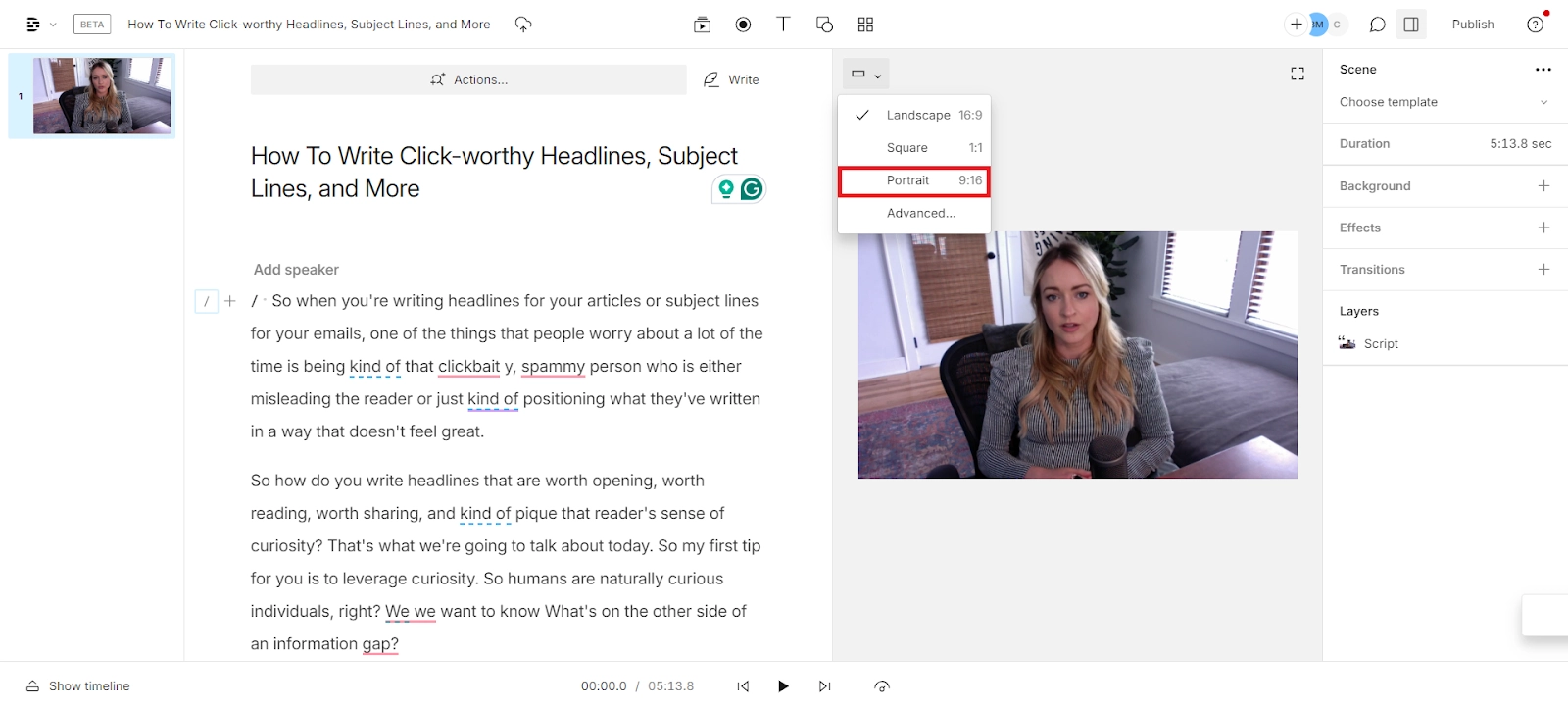 |
2. Add and resize video, text, and image layers to fit: Once you select the portrait aspect ratio, your video will be placed on a black vertical background, where you can add text, images, or a background to your resized video to make better use of the empty space. If you want to fill in the space with your video, select your video and choose the shapes icon where you can change your video from landscape to portrait. Next, select “Position” and choose whether you want to fill the canvas with the video or position your content in the top or bottom corners of your video.
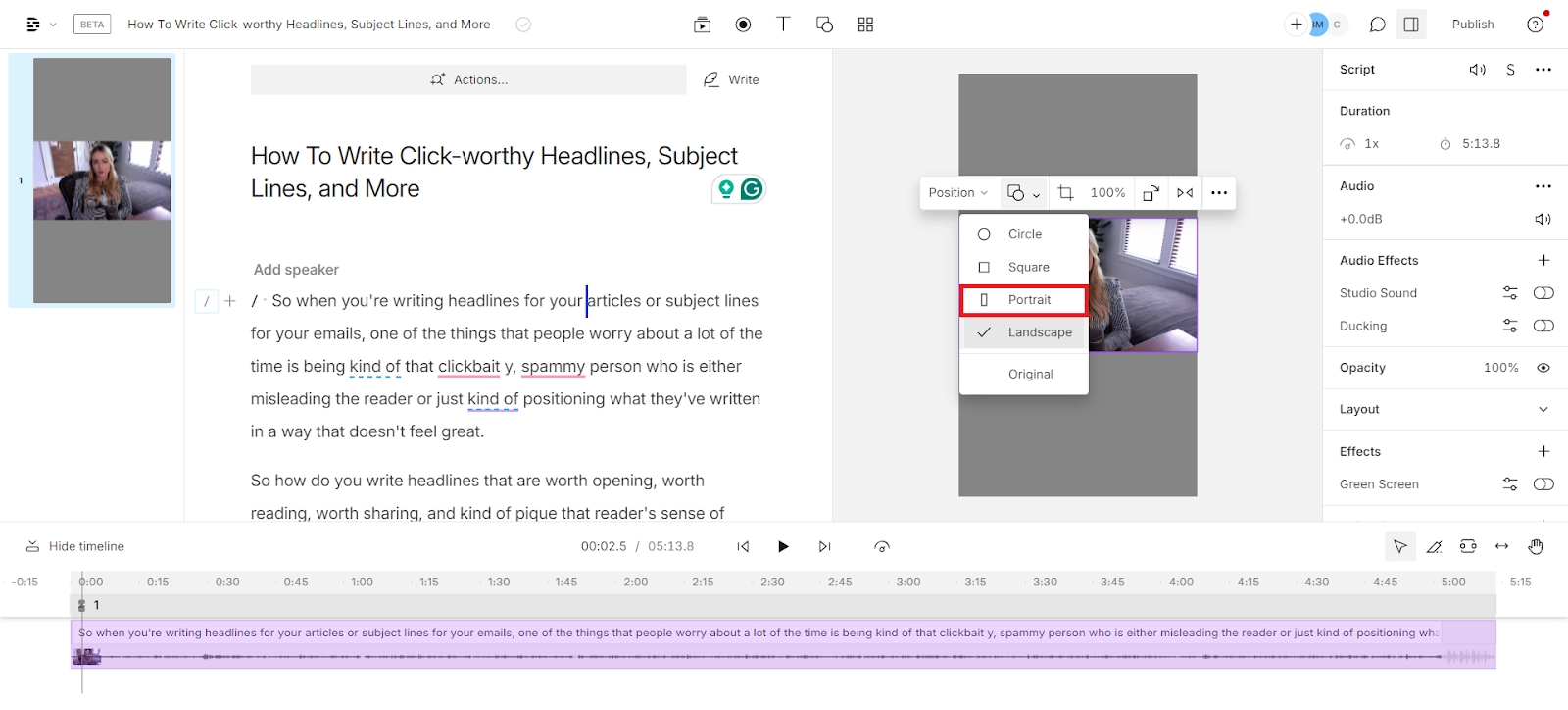 |
3. Add captions and export your resized video: If you want to add captions, go to Actions > New layer > Captions. Here's where you can play around with the captions' font, size, and style and even add a fancy karaoke-style caption. You can always make final changes by editing your video's transcript. Once done, go to Publish > Export to download your video.
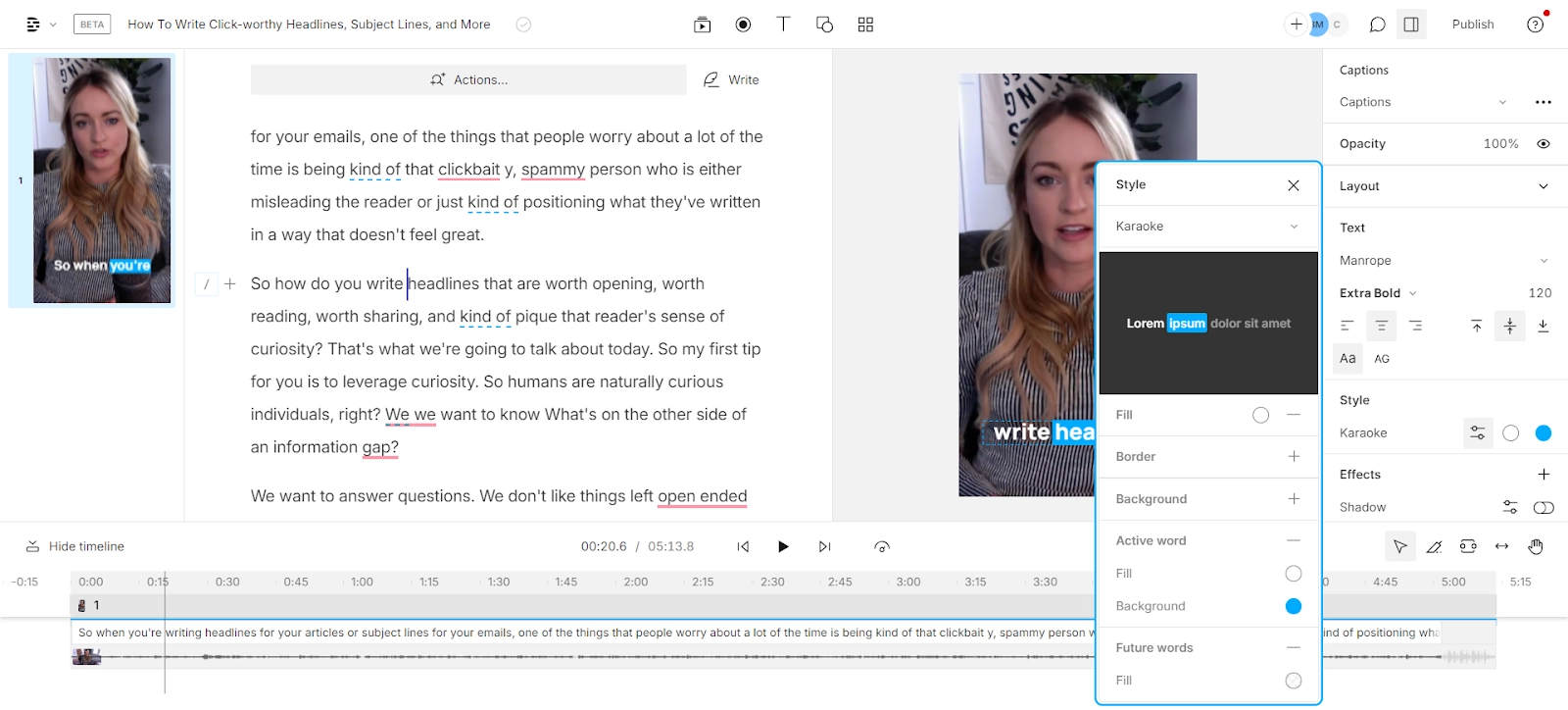 |
Descript also offers ready-made vertical video templates you can use to repurpose your content for Instagram Stories and Reels, YouTube Shorts, TikTok videos, and any other type of vertical video. These templates maintain optimal resolution and quality while ensuring your content looks professional in vertical format.
How to make a horizontal video vertical in CapCut
CapCut is an all-in-one video editor and graphic design tool that enables video editing and image design on browsers, Windows, Mac, Android, and iOS.
If you're using the CapCut desktop version:
- Open the tool and select the “Auto reframe” option
- Select the video you want to edit and choose the 9:16 aspect ratio from the options.
- Export the video.
If you're using the CapCut app on your phone:
- Create a “New project” and select the video you want to switch from horizontal to vertical.
- Next, click “Edit” and select the “Auto reframe” option, where you can select a 9:16 aspect ratio.
- Export the video.
How to make a horizontal video vertical in Kapwing
Kapwing is a collaborative, online content creation platform that you can use to edit videos and create content.
To make a horizontal video vertical by using Kapwing:
- Open the app from your browser and upload the horizontal video you want to edit.
- Go to Canvas > Output size on the right-hand side panel, and choose the 9:16 aspect ratio.
- To remove the blank background, drag and move the cropping knobs so your video can fit the vertical layout.
- Export the video.
How to make a horizontal video vertical in iMovie
iMovie is a free video editing application made by Apple for Mac, iPhone, and iPad. Besides the range of video effects and tools like color correction and image stabilization, it also allows you to turn a horizontal video into a vertical one.
To make a horizontal video vertical using iMovie:
- Open your iMovie app and click New Movie > Import Media.
- Select the video you want to convert to vertical and then drag and drop the video onto the project timeline.
- Select the Crop icon and click “Crop to Fill” under style.
- Click “Rotate the clip clockwise” and adjust the cropping to fit the subject of your video. Once you select the part of your video you want to crop, select the checkmark icon.
- To save your video, click “Export file.”
- After you save your video, use MacOS Finder to find it. Then, preview the video and rotate it accordingly to correct its orientation.
How to make a horizontal video vertical in Windows Video Editor
Microsoft's Video Editor is an editing tool that comes bundled with your PC that allows you to import videos, trip them, split them, and add effects, but it can also help you make a horizontal video vertical.
To make a horizontal video vertical using Windows Video Editor:
- Open the Video Editor and selecting “New video project.”
- Add the video you want to convert by importing the file.
- Drag and drop the video onto the Storyboard.
- To change the aspect ratio of your video, go to the top right corner and select the three dots, where you'll see the aspect ratio set to 16:9. To make the video vertical, select the “Make portrait” option. This automatically shrinks your content to fit the frame. If you want to fill in the whole layout with the video, select the “Remove black bars” option on the Storyboard.
- To export the video, select “Finish video.”
Encoding strategies for high-quality vertical videos
Getting crisp-looking vertical videos after cropping or rotating starts with the less glitzy stuff: encoding settings, resolution, and bitrate. H.264 and H.265 codecs are your friends here, delivering smoother playback and reliable compression.
For 1080p vertical, aim for at least 5,000 kbps so everything looks sharp. If you’re going full-on 4K, consider jumping to 20,000 kbps or more. Recording at 30 or 60 frames per second keeps motion fluid on social platforms. Finally, stick to MP4 whenever possible — it’ll play nicely on Instagram Reels, TikTok, and more. Nail those details and you can reformat without fretting over a fuzzy final product.
How to maintain quality when making videos vertical
Vertical videos are now standard for social platforms, and there’s no denying they’re easier on mobile viewers. If you need a method to flip horizontal content vertically without losing quality, check out Descript.
You can easily resize your video for any aspect ratio, so it looks great on any platform. Whether you’re transforming a YouTube video for Instagram Stories or turning a widescreen tutorial into a TikTok, Descript has you covered. Take a tour of Descript today.
Which approach you choose — cropping, backgrounding, or rotating — depends on your footage. Cropping works if your subject’s centered, backgrounds keep the original frame, and rotation reorients the entire clip.
FAQ about making horizontal videos vertical
Can I change a horizontal video to vertical?
Absolutely. It’s as simple as snipping off the sides (aka cropping to 9:16), dropping your widescreen on a vertical background, or even rotating the entire thing 90 degrees. No advanced wizardry needed. Descript makes it even simpler with ready-made vertical templates for YouTube, Instagram, TikTok — basically wherever folks consume vertical content on their phones.
How do I make a horizontal video vertical for free?
There are many video editing tools that allow you to make a horizontal video vertical for free. If you're using a Mac, you can convert videos in iMovie, and Windows users can edit videos using the Video Editor on their PC. With Descript's free plan, you can export 1 video per month without a watermark, and as many watermark-free videos as you want, starting at $12 a month.
How do I change a video from landscape to portrait?
To change a video from landscape to portrait, edit the video and change the aspect ratio from 16:9 to 9:16. Depending on the video editing tool you're using, you can change the layout of your videos in a few steps. Using Descript, you can resize videos from horizontal to vertical by cropping the sides of the video, placing the horizontal video on a portrait background, or changing its orientation.
How do you make a horizontal video vertical on iPhone?
To make a horizontal video vertical on your iPhone you can use the iMovie app. iMovie allows you to edit videos on your iPhone, trim them, auto enhance, and convert them from horizontal to vertical layout.
What is the recommended bitrate for best vertical video quality?
According to the new research, a bitrate of at least 5,000 kbps is recommended for 1080p vertical videos. If you plan to produce 4K vertical content, consider raising that bitrate to 20,000 kbps or more. Using efficient codecs like H.264 or H.265 also helps preserve detail, especially in fast-moving scenes. When exporting, confirm your platform’s maximum supported bitrate to optimize performance. Maintaining this balance ensures viewers experience minimal pixelation or blurriness on mobile devices.
Does vertical video improve engagement on social media?
Yes, vertical video often leads to higher engagement on mobile-centric platforms. The new research findings show that vertical formats can result in longer watch times and increased click-through rates on apps like Instagram and TikTok. By occupying the entire phone screen, vertical videos reduce distractions and encourage higher viewer retention. One case study mentioned a 25% engagement boost when a brand switched from horizontal to vertical ads. This makes vertical video a powerful strategy for creators who want to grow their audience.

















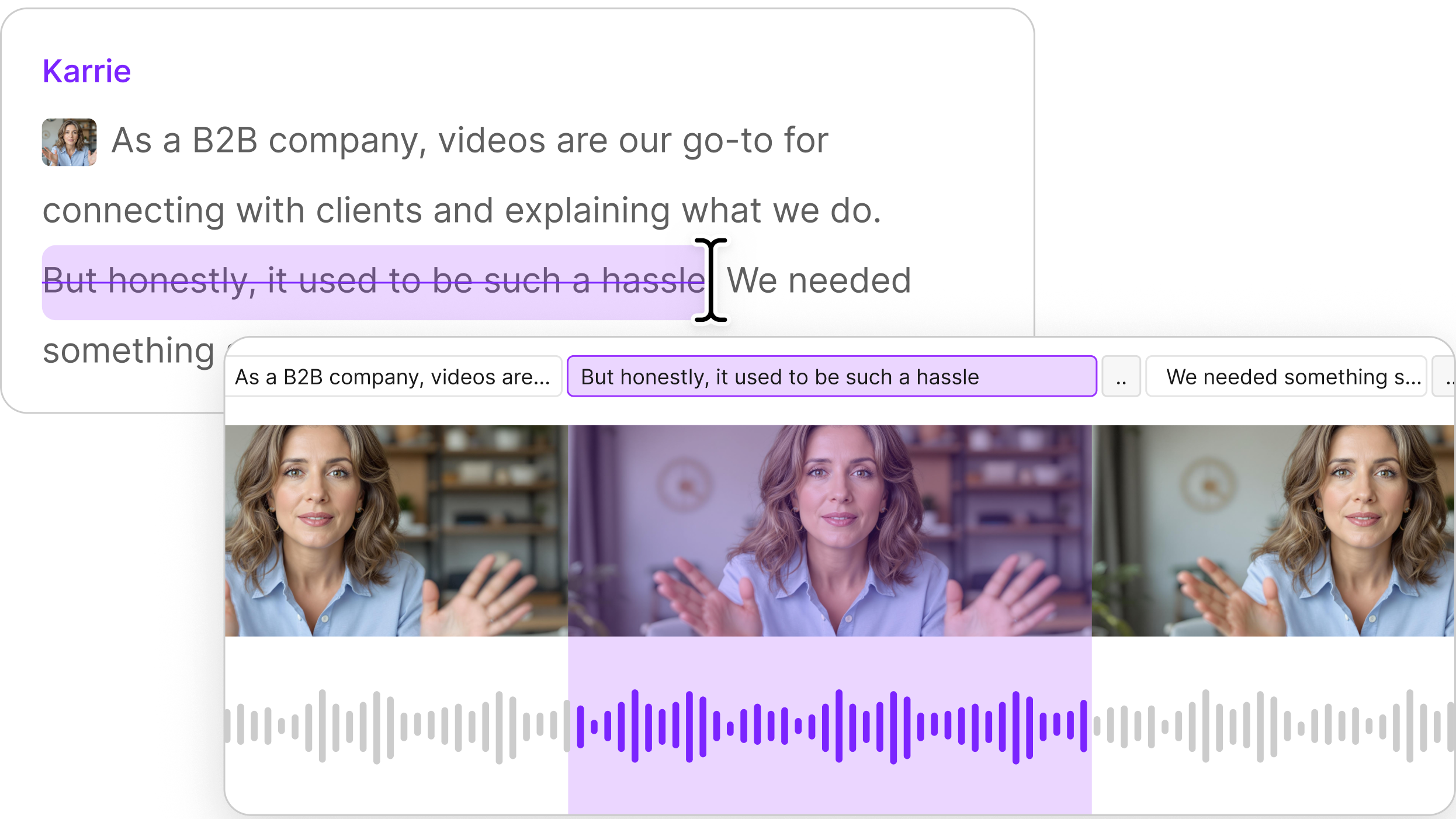






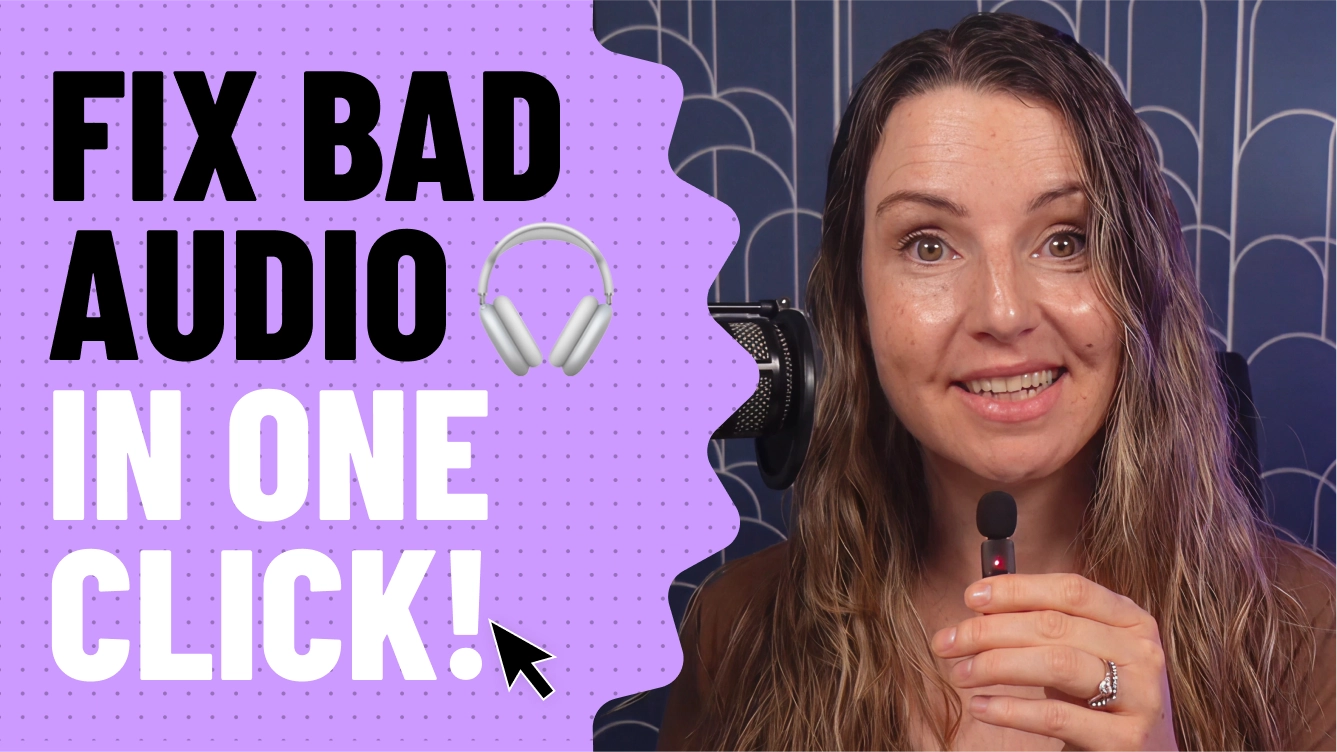










%20(1).JPG)



